Microsoft’s biggest franchise is Halo, a series created by Bungie and now developed internally at 343 Industries. The sci-fi series primarily about an ongoing battle between humanity and the alien Covenant has a long and storied past, and the franchise has seen numerous popular and beloved entries over the years.
With Halo Infinite set for release in December, we’re looking back at the Halo series overall and ranking the mainline FPS franchise. This list covers only the main FPS games, not offshoots like Spartan Strike or the arcade game Fireteam Raven. We’re also not including the Halo Wars series, though it’s great for those who want more story context on Infinite. And while Halo: The Master Chief Collection is absolutely the best way to play Halo in 2021, it’s also not featured on this list because it is a compilation package instead of one game. You can also sign up for Game Pass Ultimate to play every mainline Halo game as well as numerous spin-offs.
7. Halo 5: Guardians
The latest Halo mainline game is Halo 5: Guardians, which was released in 2015 for Xbox One. Ahead of the game’s release, Microsoft kicked off an elaborate marketing campaign in which fans were led to believe that Master Chief might in fact be the bad guy. In the story, Chief is being hunted by a new Spartan named Agent Jameson Locke, and the campaign actually shifts away from Chief and lets you play as Locke in the majority of the missions. However, many felt the marketing overhyped the storyline, which did not pay off in the way that some fans might have wanted. Still, the campaign was an enthralling one, with its story weaving many threads and taking players to new places. The campaign levels were designed to be more open-ended, as well, with players more free to choose their own paths through the environment. Unfortunately, Halo 5 did not support split-screen, with Microsoft citing data that most people simply don’t play that way. That said, the feedback came swiftly, and although Halo 5 never added split-screen, this did prompt the studio to promise that future Halo games–like Halo Infinite–will indeed support split-screen.
For multiplayer, the big new addition to the mix was Warzone, a large-scale MOBA-style mode that mixed PvE and PvP. The mode was generally well-received, though some portion of the audience complained about its use of Req packs, which let players spend real money to unlock items in the mode. Another innovation for Halo 5 multiplayer was its clambering system, which allows players to move more freely through maps by vaulting over ledges and climbing walls. It introduces a new level of speed and verticality to Halo, and it’s something that is being brought forward with Halo Infinite.
See our Halo 5 review
6. Halo 3: ODST
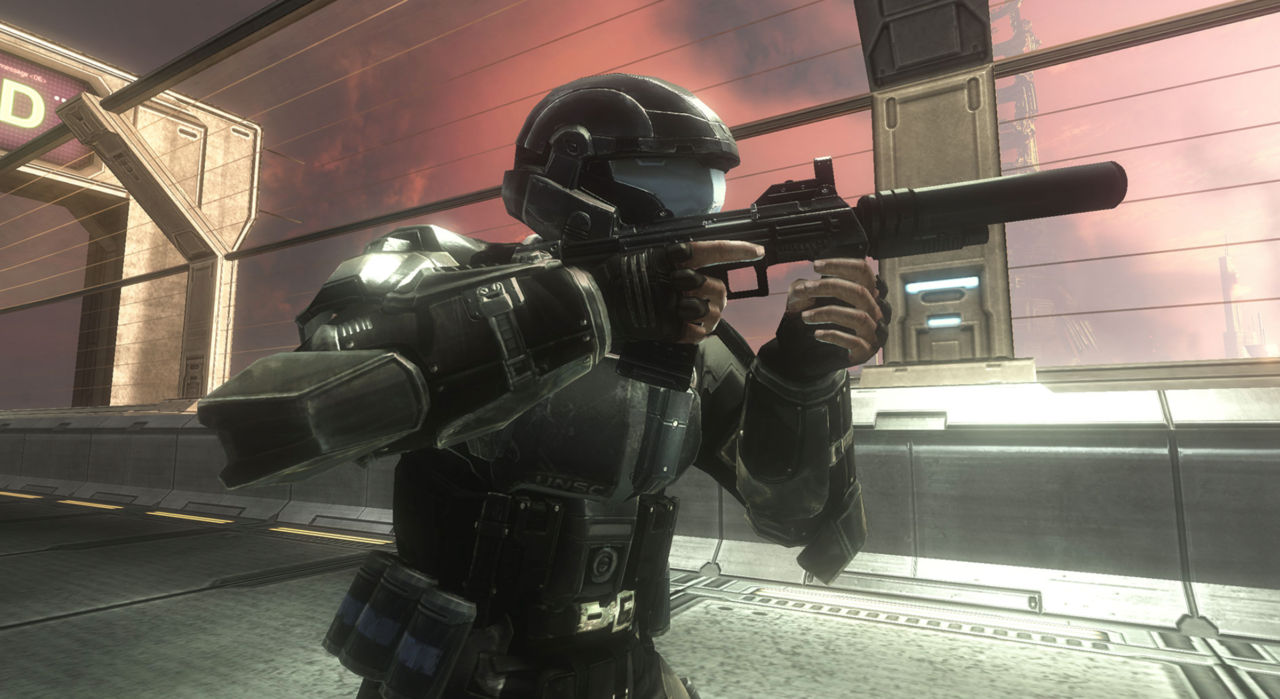
2009’s Halo 3: ODST was originally conceived as a type of bridge game between Halo 3 and Halo Reach, but it turned into a full product that remains a favorite for many Halo fans. The story follows members of the Orbital Drop Shock Trooper (ODST) group, who are voiced in the game by Nolan North, Alan Tudyk, Nathan Fillion, Tricia Helfer, and Adam Baldwin. You play as the Rookie, and after a landing gone wrong, it’s up to you to piece together the clues about what happened as you attempt to reunite with your squadmates in New Mombasa. In a big shift for the series, your character is not some cybernetically enhanced supersoldier but instead a regular ran-and-file fighter–albeit an elite-level one–thus necessitating a more strategic style of play. Halo 3: ODST is also known for its film noir-like visual qualities and darker color palettes overall.
On the multiplayer side, Halo 3: ODST’s big and memorable innovation was the Firefight mode. In his Horde-style mode, Spartans fight to stay alive for as long as possible as waves of increasingly difficult enemies. Players can use Skulls to make the experience more difficult and/or unique, and the mode supports couch co-op and online multiplayer.
With Halo 3: ODST, what began as a small-scale project became a bonafide game that is visually and tonally distinct from the rest of the series, and one that is if nothing else, memorable.
See our Halo 3: ODST review
5. Halo: Reach
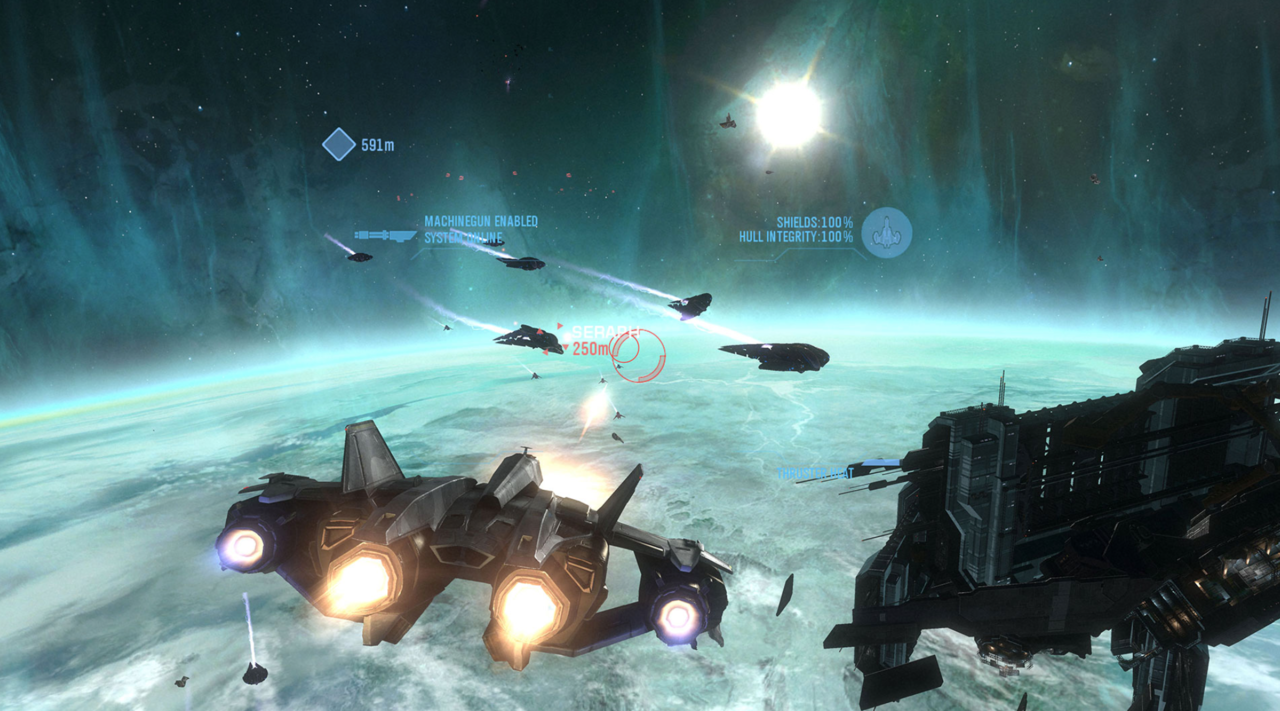
One of the more fan-favorite Halo games to date is the last one that Bungie made before leaving Halo behind, 2010’s Halo: Reach is a prequel to the original Halo game. It puts players in the boots not of Master Chief but of Noble Six, an anonymous member of the Noble Team. This is part of what made Reach so exciting, refreshing, and memorable. The story, too, struck a more somber tone. Anyone who read the original Halo novel, Halo: The Fall of Reach, knew how it would end, but. it’s a big shift away from the “Chief saves the day” approach to the other games, and its story felt more personal. Also on the campaign side, Reach introduced space dogfights, a new and exciting mechanic that literally elevated the action from previous games in the franchise. The multiplayer in Halo: Reach was as good as ever, and it mixed things up with a brand-new mode called Invasion where one team of Elites tries to break into a Spartan stronghold. Halo: Reach isn’t the best Halo game, but it’s consistently one of the games that people point to as a signature moment for the series when it comes to its unique story and that it was the final game made by Bungie.
See our Halo: Reach review
4. Halo 4
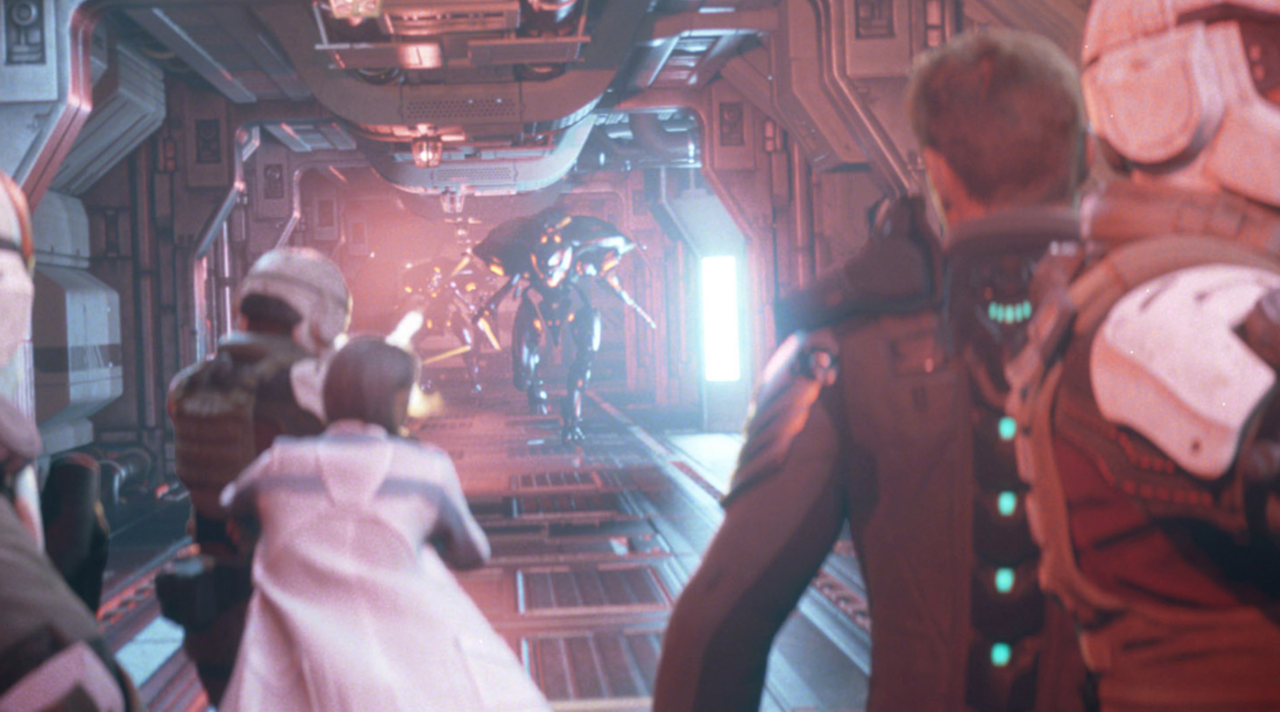
Halo 4 marked a major shift for the Halo series, as it was thefirst entry in the main series developed by 343 Industries after it assumed control of the franchise, with Bungie going off to make Destiny. A lot of pressure was put on 343 to deliver something exciting and put its own stamp on the franchise beloved by so many, but the game did not succeed in every category. While the story mode was generally well-received for its engrossing narrative involving the new Prometheans, the multiplayer mode–seen by many to be the bread and butter of the franchise–wasn’t as successful. It was criticized in some circles for borrowing mechanics from other popular shooters–with loadouts and (gasp) sprinting–instead of carving out its own path. Still, Halo 4 was an enormous commercial success and helped show that 343 wasn’t simply mimicking Bungie.
See our Halo 4 review
3. Halo 3
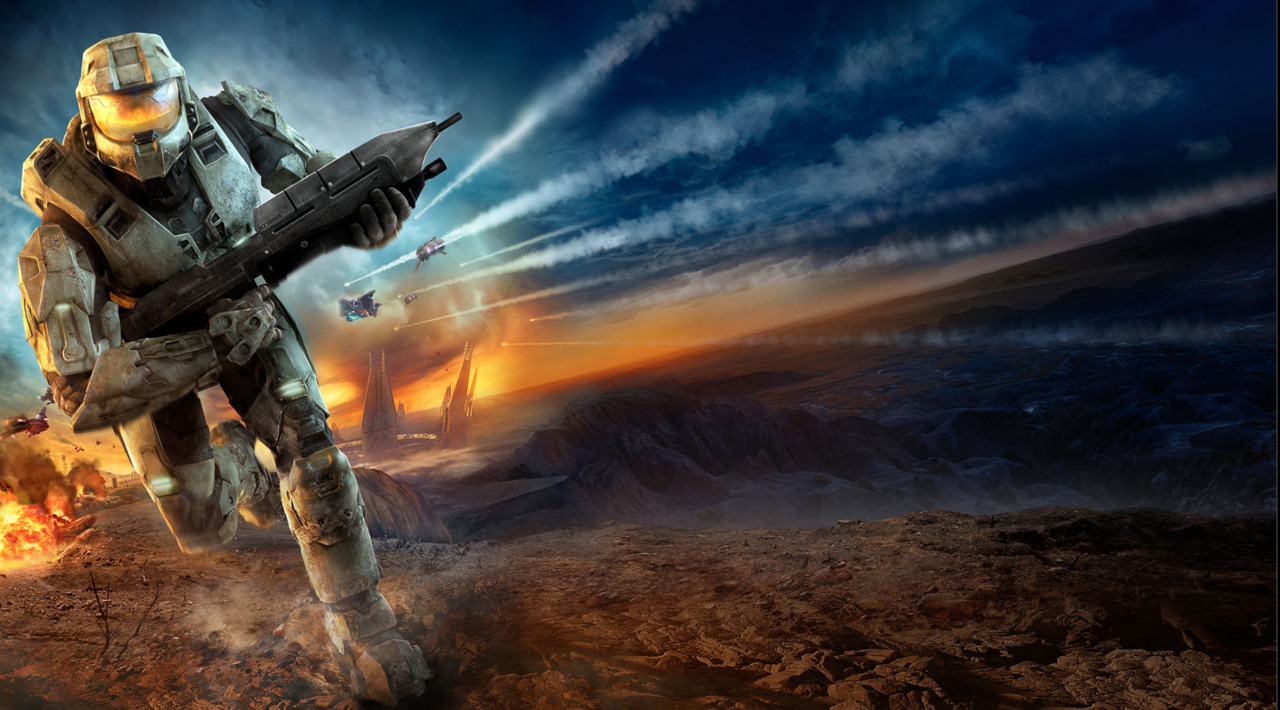
Halo 3 was released in September 2007 after a memorable marketing campaign that asked fans to “Believe.” Fans actually got their first crack at Halo 3 through… Crackdown. Yes, Microsoft included beta access to Halo 3 with its new IP, Crackdown. The game officially released in September 2007 to great success, bringing in $170 million in revenue on its first day and $300 million over its first week. It went on to become one of the best-selling games of 2007, which was a notable achievement given other marquee games like Call of Duty 4: Modern Warfare and Rock Band released that year as well. Reviewers generally enjoyed Halo 3, with many praising its Forge system that would go on to become one of the franchise’s most defining elements. In Forge, players can create their own maps and modes, extending the lifecycle and appeal of the game, and this type of user-generated content was ahead of its time. Burnie Burns of Rooster Teeth used Forge to create the fan-favorite Grifball mode, for example, which would go on to be an official mode in subsequent Halo games.
See our Halo 3 review
2. Halo 2
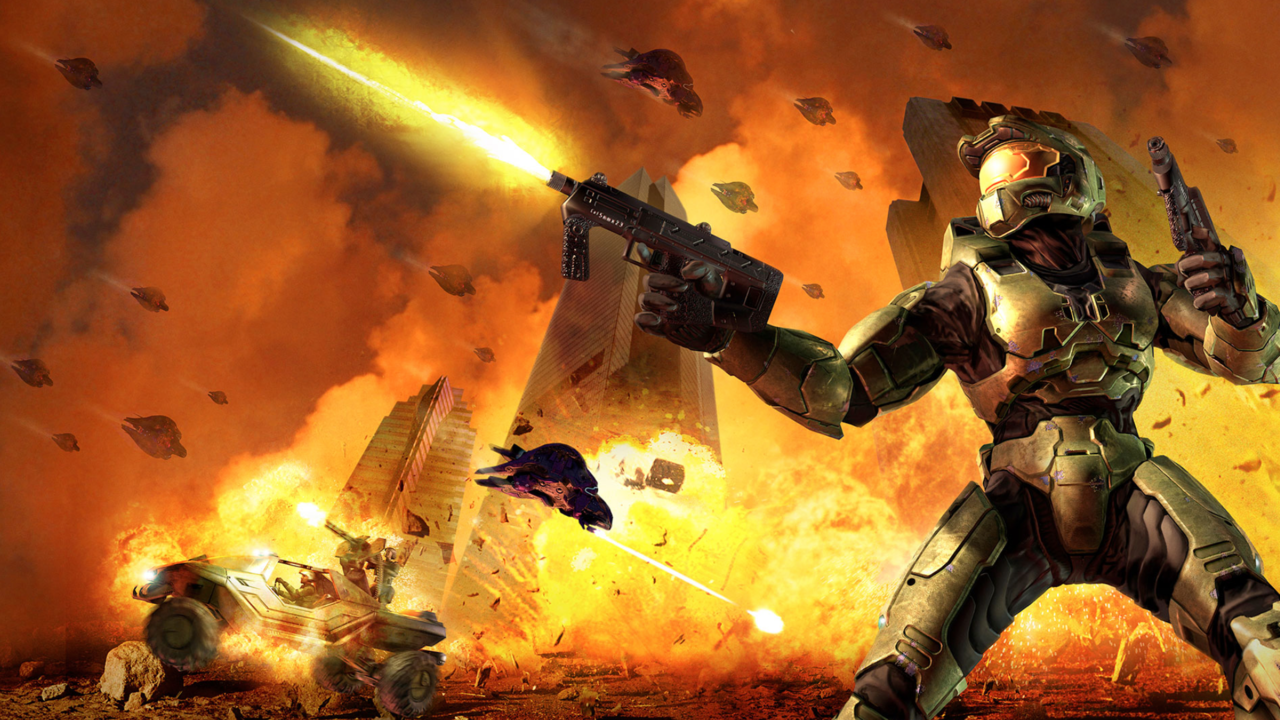
Bungie followed up Combat Evolved with Halo 2 in 2004, and it was another major success. One of the most defining elements of Halo 2 was its online multiplayer through Xbox Live, which was a brand-new service at the time. While the game made strides in the area of multiplayer and introduced fans with a new way to play and test their skills against the world, the campaign mode remains a sore spot for many. Due to various issues, including time constraints, Bungie was unable to fulfill its complete vision. And with a deadline approaching, the team decided to end things on a cliffhanger, setting up the forthcoming Halo 3 a few years later–though that did lead to a very memorable final quote. Halo 2 is also notable because it was the last game to come to PC natively, with the franchise moving toward a console-only release strategy for many years into the future (but not forever; more on that later). The game also introduced dual-wielding of weapons to the Halo universe, which have since come and gone over the years.
See our Halo 2 review
1. Halo: Combat Evolved
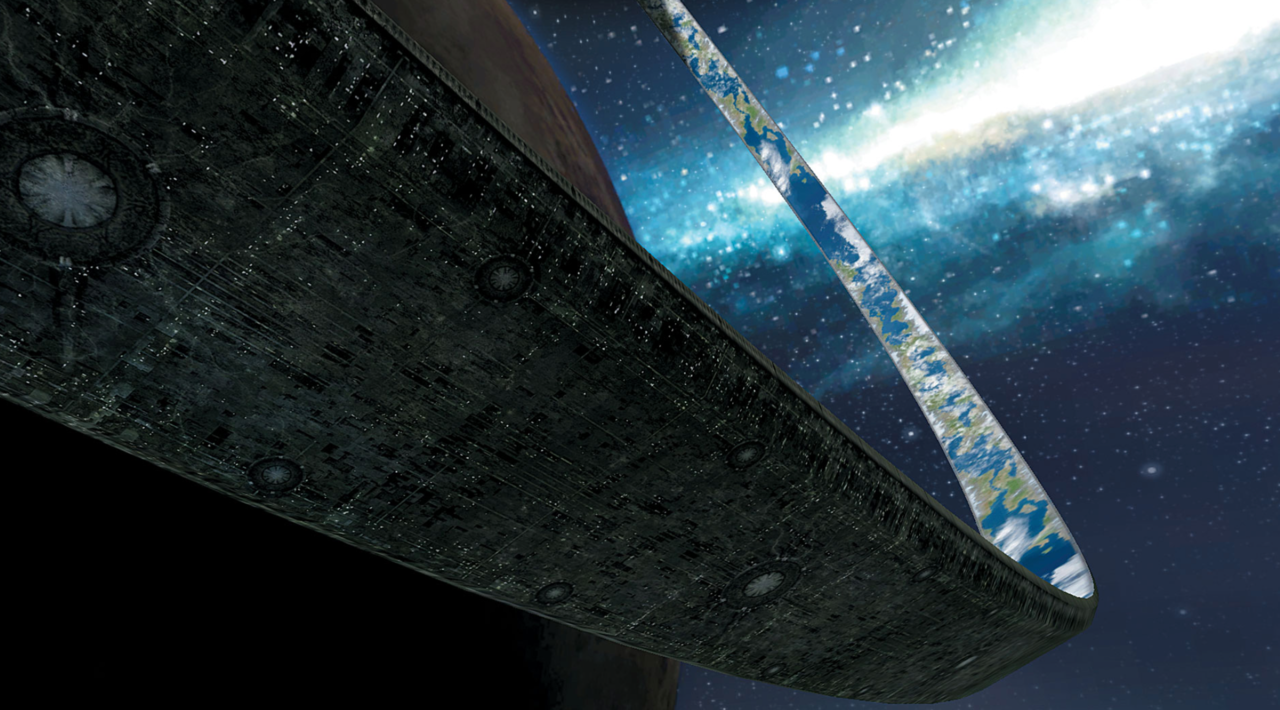
The game that started it all. Halo: Combat Evolved was released in November 2001 as a launch title for the original Xbox. While FPS games on console are now popular, this was not always the case, and Bungie’s Halo was a trailblazer. Microsoft is reported to have lost billions of dollars on the OG Xbox, but Halo was a standout, breakthrough title that would go on to become one of the most recognizable and iconic in all of gaming. Halo: Combat Evolved is in the Gaming Hall of Fame, as it should be, and in addition to having a memorable campaign that introduced the world to Master Chief, Halo: Combat Evolved featured split-screen multiplayer. This was before the launch of Xbox Live, so playing together meant physically being together, and many still fondly remember those times, including us.
See our Halo: Combat Evolved review

Be the first to comment